Best Data Observability Platforms: Top 5 Options in 2025
What Are Data Observability Platforms?
Data observability platforms are systems that provide visibility and insights into the health and performance of data pipelines and infrastructure. They help organizations monitor, analyze, and troubleshoot data-related issues, ensuring data quality and reliability. These platforms often include features like automated monitoring, anomaly detection, data lineage tracking, and root cause analysis.
Some key concepts and features of data observability platforms include:
- Monitoring and alerting: Data observability platforms automate the process of monitoring data pipelines and infrastructure, alerting teams to potential issues or anomalies.
- Data lineage: They track the flow of data through various systems, providing insights into how data is transformed and used.
- Anomaly detection: These platforms can identify unusual patterns or deviations from expected behavior in data, potentially indicating problems.
- Root cause analysis: When issues arise, data observability platforms help teams quickly pinpoint the source of the problem, saving time and resources.
- Data quality: By providing insights into data quality issues, these platforms enable teams to proactively address problems and improve data reliability.
- Scalability and cost efficiency: Many data observability platforms are designed to be scalable and cost-efficient, handling large volumes of data and complex infrastructure.
- Integration: They often integrate with other tools and systems, such as log management platforms and monitoring tools, to provide a comprehensive view of the data ecosystem.
Unlike traditional monitoring tools that focus mainly on infrastructure or system metrics, data observability platforms analyze the flow, quality, lineage, and transformation of data as it moves through pipelines and systems.
Article Contents
Key Concepts and Features of Data Observability Platforms
Monitoring and Alerting
Monitoring and alerting are foundational features of data observability platforms. They continuously track data flows, pipeline health, and data quality metrics, setting thresholds and patterns that define normal behavior. When anomalies or system failures arise, these tools generate automatic alerts, enabling teams to address problems before they escalate or impact critical business reports.
In addition to real-time notifications, data observability platforms often provide customizable dashboards for historical trend analysis. Users can set fine-grained alerting rules based on business logic or technical requirements, ensuring that the right personnel are notified based on context and severity. This orchestration minimizes alert fatigue and shortens response times when genuine issues are detected.
Data Lineage
Data lineage features let organizations track and visualize the entire journey of data, from its source to its final destination. With lineage diagrams and metadata tracking, teams can understand how data moves through each transformation, join, and aggregation. This visibility helps quickly identify where data corruption or loss occurs in complex pipelines, supporting more efficient root cause analysis and auditing.
Data lineage is crucial for meeting compliance standards and governance demands. It enables stakeholders to trace the origins and mutation history of any dataset, providing accountability and trust in reporting and analytics. When combined with automated lineage discovery, these platforms greatly reduce the manual effort required in mapping data flows, making it easier to adapt to architectural changes or onboarding new data sources.
Anomaly Detection
Anomaly detection within data observability platforms uses statistical models and machine learning to flag abnormal behavior in datasets or pipeline executions. These features can spot sudden spikes, drops, or unexpected values that may indicate data corruption, incomplete loads, or other processing failures. By learning from historical trends, the system can distinguish between benign variations and true issues, reducing false positives over time.
Empowering teams with early warnings about anomalies ensures that data reliability problems are addressed before they propagate further downstream. Anomaly reports provide context such as affected tables, columns, or time periods, equipping data engineers to investigate the root of the issue. Automated anomaly detection also supports large-scale environments where manual validation would be infeasible due to the volume and velocity of data.
Root Cause Analysis
Root cause analysis tools within data observability platforms leverage lineage, monitoring, and anomaly detection to uncover the origins of problems. When a data issue is detected, the platform can correlate errors across dependencies, identifying the upstream transformation or system where the error began. This drastically reduces the time required for engineers and analysts to pinpoint and address disruptions.
Beyond immediate fixes, root cause analysis features often include historical context, change logs, and impact assessments. This holistic view ensures not just the identification of the error, but also an understanding of how it affects other data assets and business processes.
Data Quality
Data quality monitoring involves automated checks for accuracy, completeness, consistency, and timeliness of datasets as they are processed. Data observability platforms define and enforce quality rules, with regular assessments of key fields, value ranges, and referential integrity. Real-time notifications alert teams when data deviates from business or technical standards.
Continuous data quality validation ensures that faulty or incomplete records are detected and remediated before they affect analytics or decision-making. Advanced features may include automated remediation, such as triggering reprocessing or fixing invalid entries. Ultimately, strong data quality assurance supports regulatory compliance and prevents costly downstream errors.
Scalability and Cost Efficiency
Modern data environments often span cloud, hybrid, and multi-region deployments, making scalability a critical requirement. Data observability platforms are built to monitor millions of data assets and pipelines with minimal overhead, leveraging distributed architectures and intelligent sampling. This ensures that even as data volumes grow, visibility and responsiveness remain intact.
Cost efficiency is achieved with features like dynamic resource allocation, data retention policies, and customizable monitoring scopes. By optimizing computation, storage, and network usage, observability platforms control operational expenses. Some tools offer precise cost-tracking for monitoring activities, giving teams the ability to measure observability ROI and scale without runaway costs.
Integration with Other Tools
Effective data observability platforms offer robust integrations with a wide range of data, workflow, and incident management systems. These can include data warehouses, ETL tools, big data platforms, and alerting or ticketing solutions like Slack, PagerDuty, or Jira. Bi-directional integrations ensure that context and alerts are pushed to where teams already work, simplifying operations.
API-first designs and plug-ins enable integration into custom pipelines and complex technology stacks. This extensibility allows organizations to embed observability into existing workflows, maximize tool adoption, and minimize data silos. Proper integration removes friction, improves data transparency across the stack, and accelerates resolution of data issues.
Related content: Read our guide to data observability tools
Notable Data Observability Platforms
1. Collate

Collate is an AI-powered data observability platform that gives organizations end-to-end visibility into their data pipelines, health, and quality. It eliminates the need for multiple point solutions by unifying data observability with data discovery and governance capabilities. Built on the open source OpenMetadata project, Collate offers AI-driven automation and real-time monitoring capabilities that reduce mean time to detect (MTTD) and mean time to resolve (MTTR), making it easier to troubleshoot and prevent data issues across the entire stack.
Key features include:
- Real-time pipeline monitoring: Tracks ETL job execution, detects failures, and surfaces upstream and downstream quality issues through a centralized health dashboard.
- AI-powered data quality testing: Generates no-code and SQL-based tests for data accuracy, freshness, and custom metrics automatically on Day 1, helping teams catch quality problems early.
- Automatic data profiling: Offers deep insights into the shape of datasets, including null values, distributions, and other key metrics to support data validation.
- Incident management and collaboration: Centralizes alerts and issue tracking with an integrated incident manager that supports assignment, coordination, and communication across teams.
- Custom alerting and change management: Configurable notifications and schema change alerts ensure teams are informed of impactful modifications or failures.
- Root cause analysis and lineage views: Combines quality results with lineage information to help teams trace errors back to their origin and assess downstream impact.
- Cost and governance optimization: Designed to support modern data practices with AI-driven automation for governance enforcement and resource efficiency.
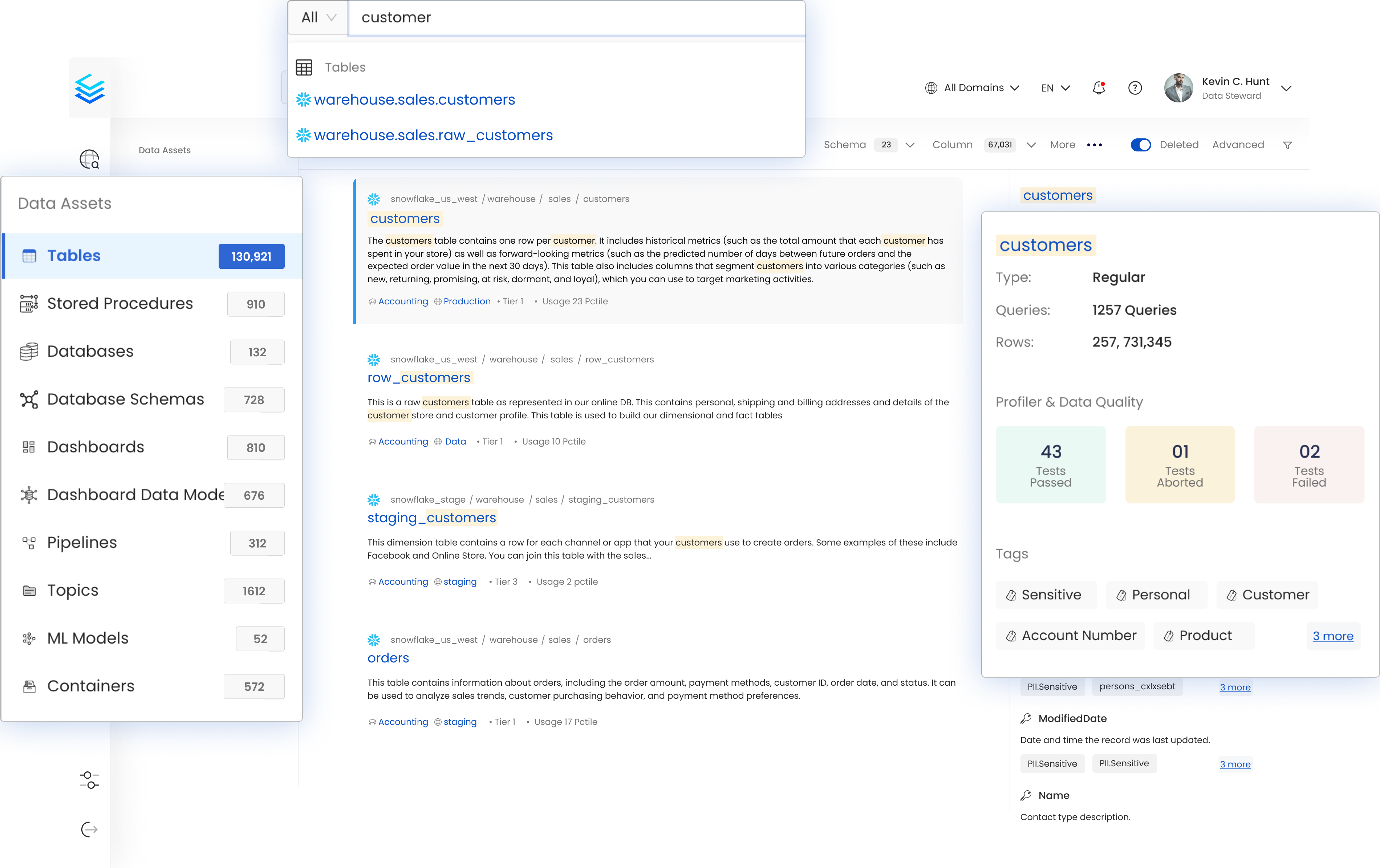
2. Great Expectations

Great Expectations (GX) offers a framework for ensuring data quality via its Expectation-based testing. GX Cloud supports end-to-end data quality by letting teams define, test, and validate expectations through the pipeline.
Key features include:
- Expectation-based testing: Defines clear data quality assertions for easy understanding and validation.
- End-to-end data quality: Manages the data quality lifecycle from profiling to monitoring.
- Scalable integration: Integrates into existing data environments and scales across the pipeline.
- Collaborative interface: Simplifies collaboration between technical teams and business users.
- Quality metrics: Tests various data quality dimensions like schema, freshness, and cardinality.
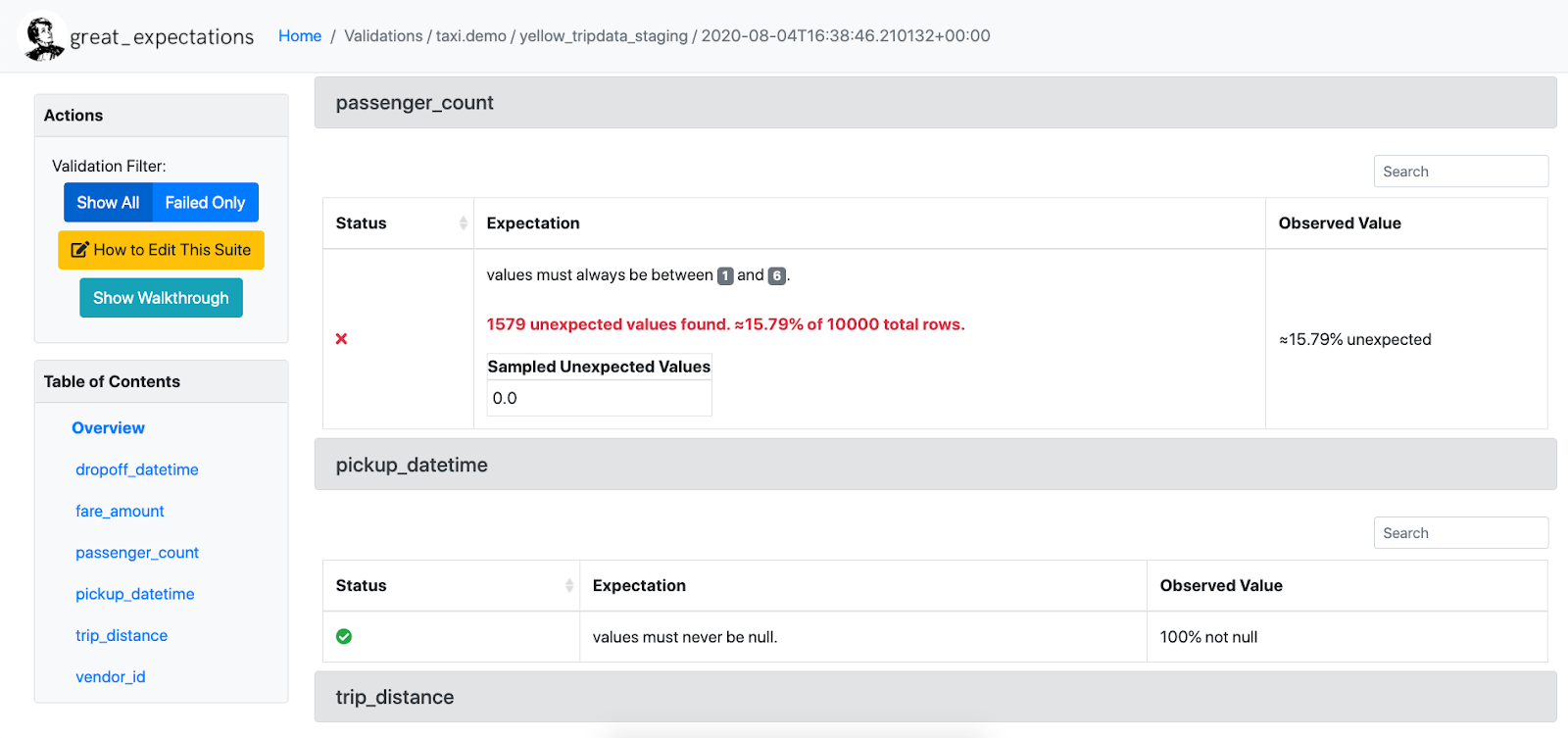
3. Datafold
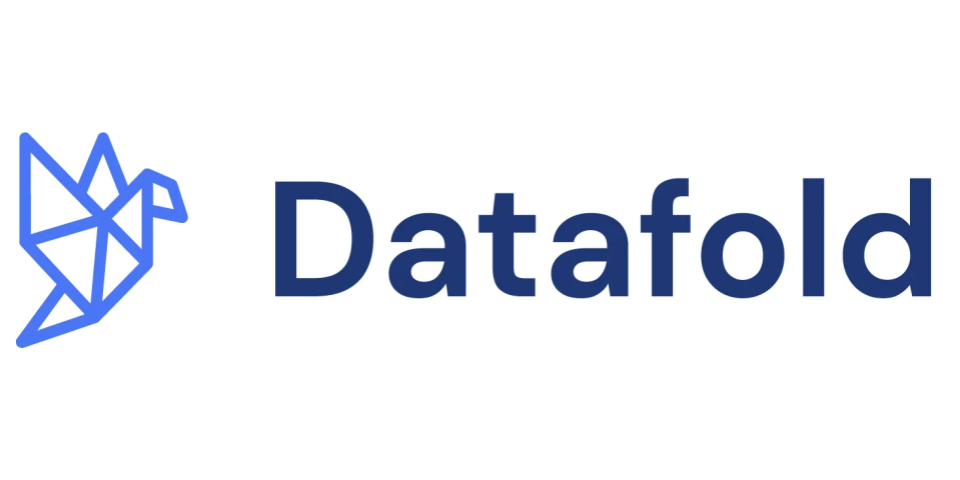
Datafold is a data monitoring platform focused on early detection of data quality issues and preventing downtime. It supports monitoring of upstream data to detect discrepancies before they affect the pipeline. With tools like data diff monitoring, anomaly detection, and schema change alerts, Datafold helps teams maintain data quality.
Key features include:
- Data diffs: Detects discrepancies between source and target databases, ensuring consistency.
- Metrics monitoring: Uses machine learning to identify anomalies in critical metrics like row count and data freshness.
- Data tests: Automates validation with custom rules to catch specific errors.
- Schema change alerts: Sends notifications for unexpected changes in data schema.
- Real-time alerting: Integrates with platforms like Slack and PagerDuty for issue notification.
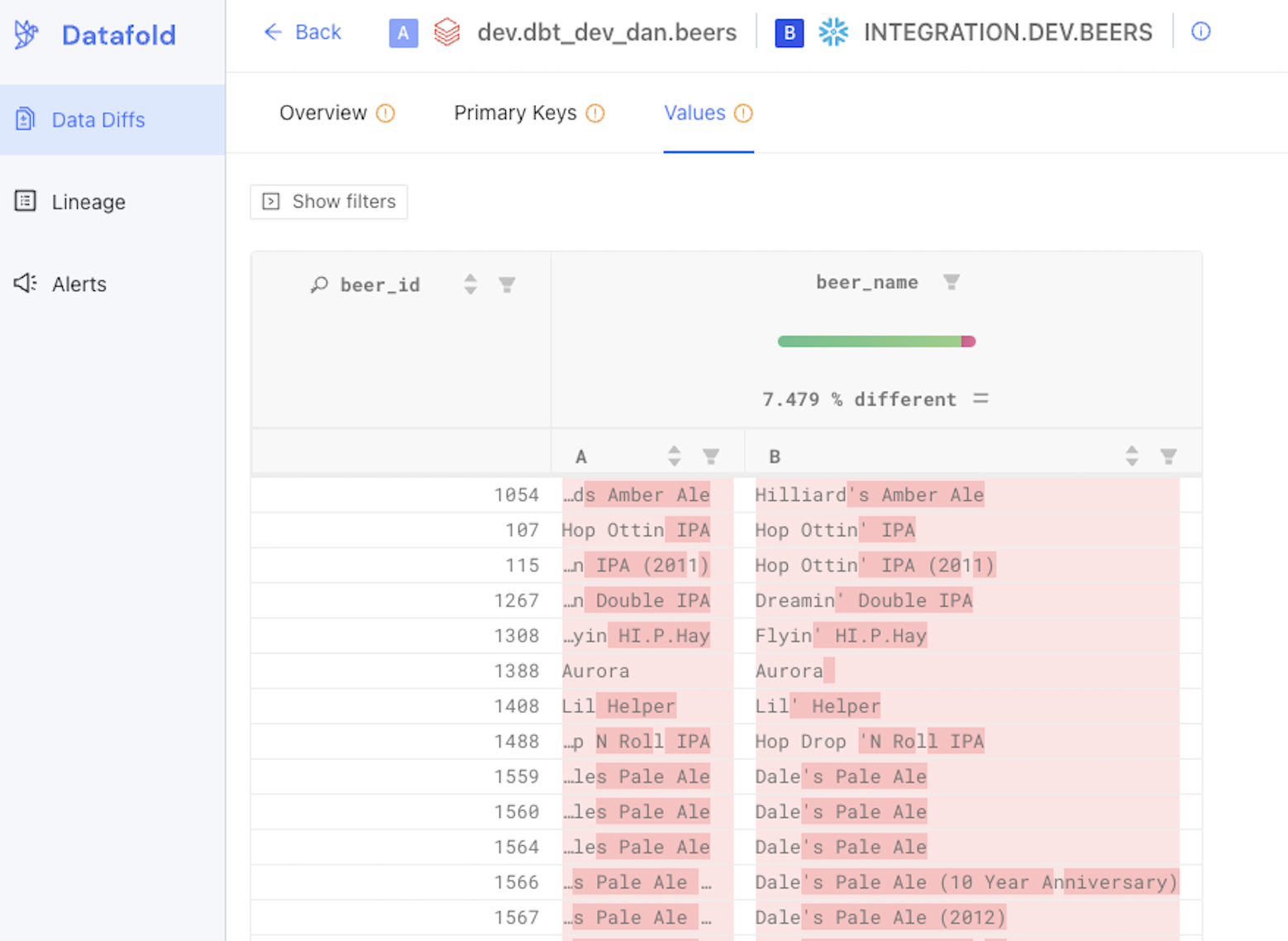
4. Anomalo

Anomalo is a platform for monitoring data health, providing visibility into data pipelines and warehouses. Powered by AI, it detects anomalies and validates data to identify quality issues, improving operational efficiency and ensuring data trust.
Key features include:
- Anomaly detection: Automatically identifies shifts in data values, highlighting potential issues.
- Data quality monitoring: Tracks key quality metrics like completeness and consistency across data warehouses.
- Scalable observability: Quickly configures checks for all warehouse tables at a low cost.
- Migration support: Ensures consistent data replication by comparing tables pre- and post-migration.
- Real-time alerts: Sends notifications when data issues arise.
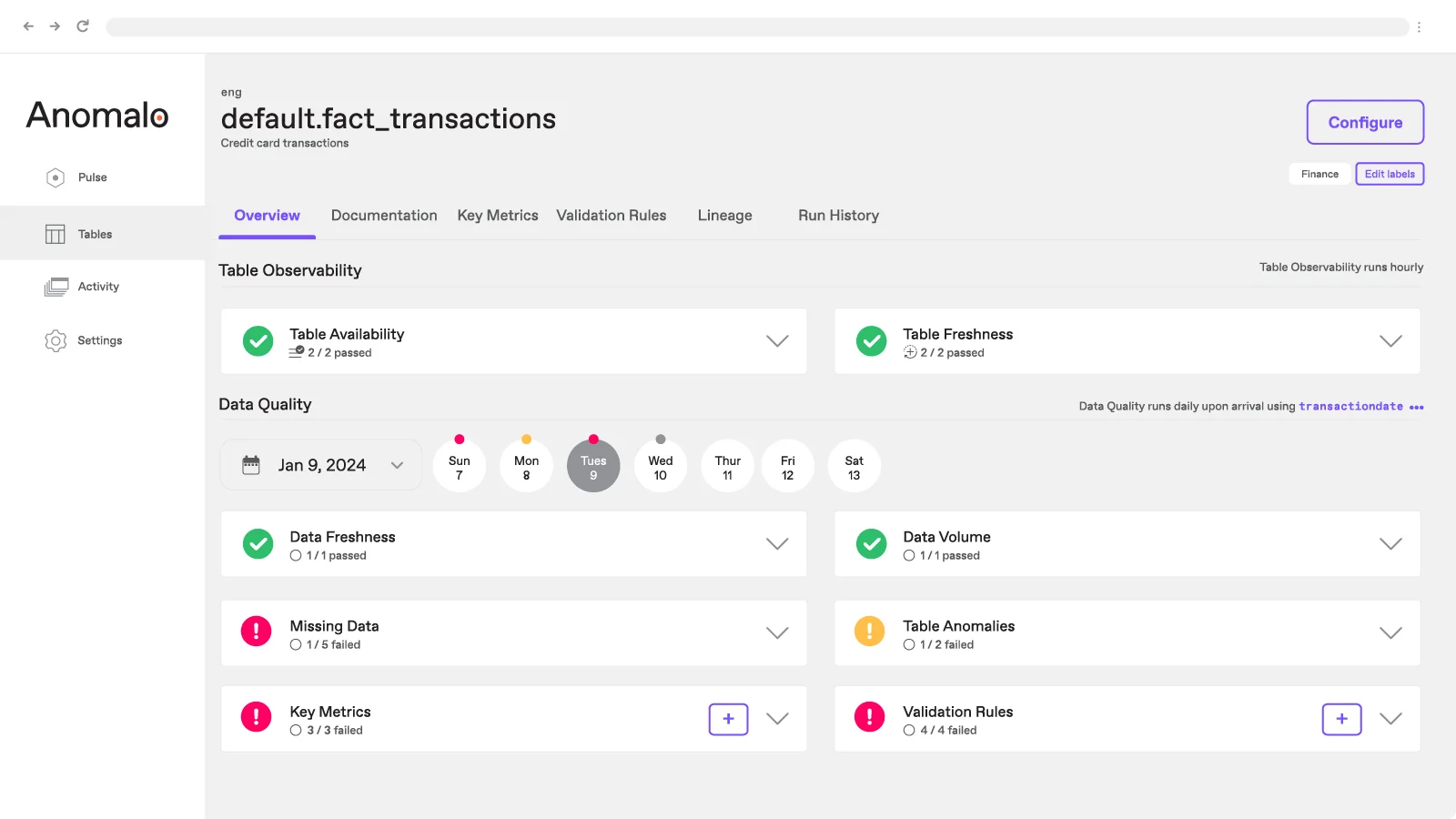
5. Sifflet
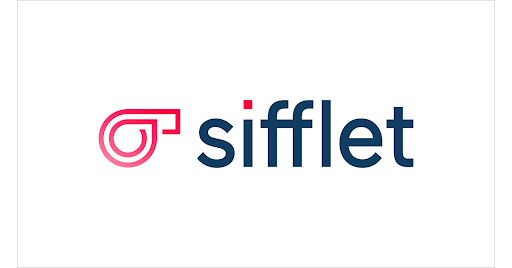
Sifflet is an AI-driven data observability platform that combines data discovery, monitoring, and troubleshooting into one solution. By leveraging AI-powered agents, it helps teams identify and resolve data issues while providing actionable recommendations.
Key features include:
- Unified data observability: Combines multiple data management functions into one platform for data health.
- AI-powered insights: Provides context and actionable insights to resolve anomalies effectively.
- Collaborative data contracts: Prevents future issues by creating data contracts between producers and consumers.
- Real-time alerts: Keeps teams informed of data anomalies as they happen.
- Data catalog integration: Offers a searchable catalog for data asset organization and discovery.
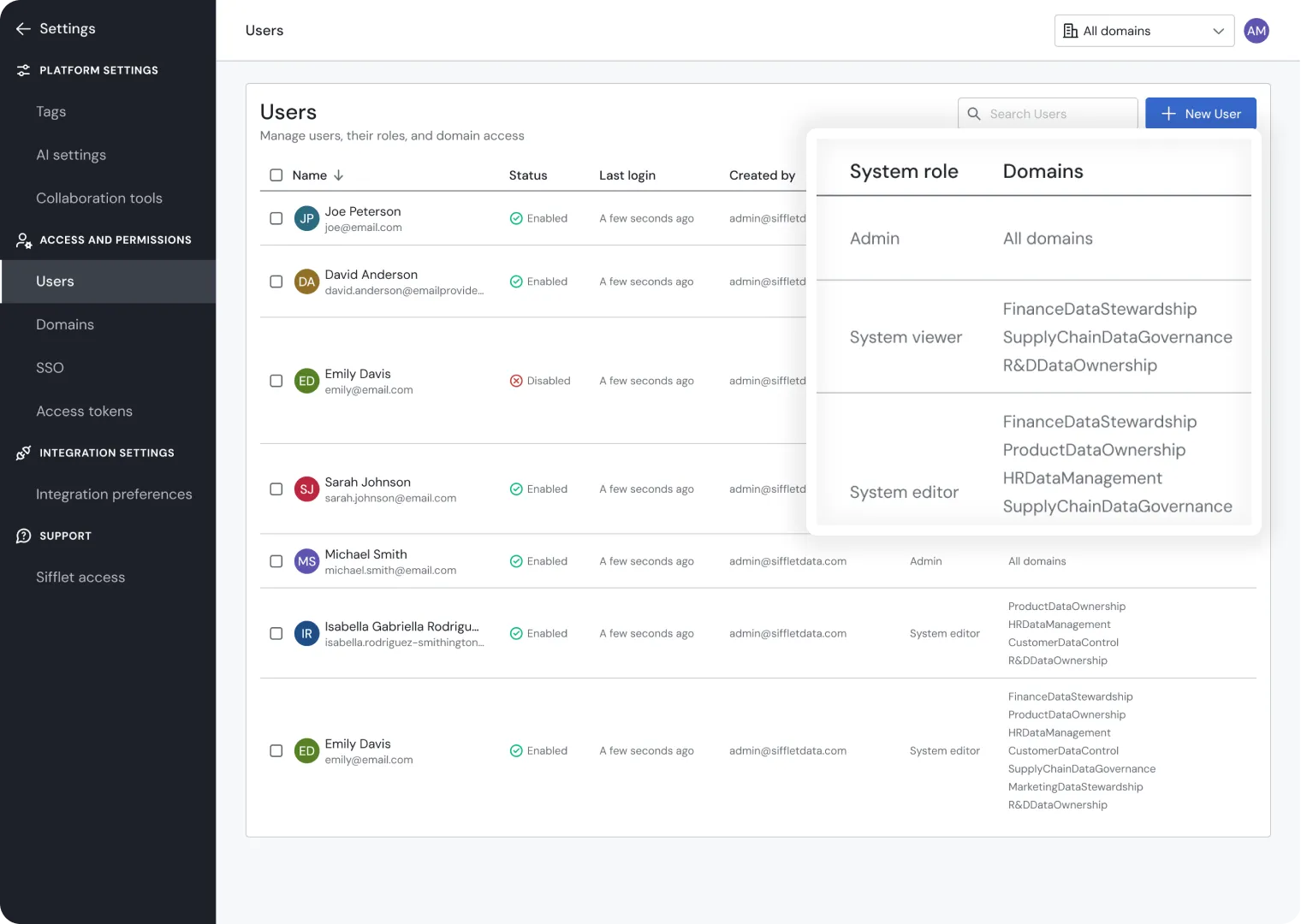
Conclusion
Data observability platforms have become essential for managing the complexity of modern data ecosystems. By providing end-to-end visibility into data pipelines, quality, and lineage, they empower teams to detect issues early, resolve them faster, and maintain trust in their data. As organizations increasingly rely on data for critical decision-making and AI workloads, implementing robust observability practices helps ensure reliability, compliance, and operational efficiency across the entire data lifecycle.
